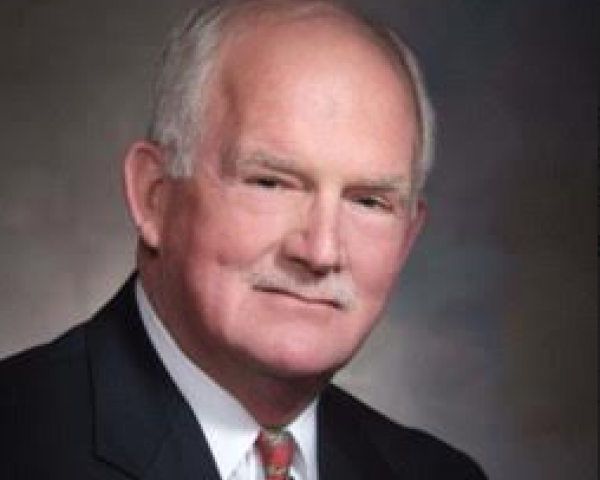Everywhere you look, marketers and companies are promoting the merits of “social marketing” and “social selling” for insurance producers, and there is certainly value to be derived from content marketing and from increasing brand awareness. But social marketing and social selling don’t lend themselves to insurance.
There are four myths about social media that an insurance producer has to account for to reach his ideal target client and reach his sales goals.
Myth #1. Social media marketing is useful in and of itself.
Yes, it’s inarguable that you need to have a quality LinkedIn and Facebook presence, but that is only a “backstop activity” that allows someone to check you out after meeting you … by some other means. As one blogger recently wrote, LinkedIn is a place for “hunters and the hunted.” Most people don’t go out to a place like LinkedIn (or Facebook) to find or to shop for an insurance provider. All the carriers and brands are on those sites, shouting positioning messages and trying to get noticed, but more than 75% of LinkedIn users go to that site just once a month, or even less often.
So, don’t expect that people will find you on social media and that you’ll be distinguishable.
See also: 4 Marketing Lessons for Insurtechs
Myth #2. Content is king.
Publishing good content makes a lot of sense as it can add authority and credibility about who you are. But throwing content alone into your social stream is like casting a big net onto the waters hoping to catch someone swimming by. When you push content out broadly to your networks and your contacts, you’re expanding your reach but are still just hoping that someone will swim into that net and want to have a further “discovery” conversation.
How’s that working for you now?
Myth #3. I can get noticed by being active in the social marketing stream.
Don’t fool yourself. Ask the question: Who is my ideal target client, and how noisy is that person’s world? With all of the messaging coming at us all every single day, how can you expect to get enough mindshare to stimulate a response from whomever you’re targeting? We’re all inundated and have created barriers so that only those people we already trust are let in to our worlds.
The walls are only going to get higher, and social marketing will become even less effective.
Myth #4. Mass promotion using social marketing tactics fits my audience and will fill my sales funnel.
Wait! Just stop and ask yourself: Why do people now choose you as their insurance professional? Then ask: How many leads do I get now from my social media sites?
At the top of the list as to why people choose you will be reasons like trust, relationship and your proven competence. But how can a prospective new client get to learn about you and your character and competence without you focusing on building a highly engaged relationship?
If I glance at your social media pages, I can do it quickly and privately. You won’t even know, and then I’ll be gone. You can’t build trust with these drive-by lookers.
You need to focus first on building connections that really make the walls come down or the doors open, and no amount of mass or social marketing can make up for your investing a part of yourself into the personal relationship. You’re in a market where people and relationships matter the most, so this is where your focus should be.
Mass “social” tools are actually un-social and are a poor substitute for building a true one-to-one connection.
The Right Approach
In my firm,
Refer.com, we know how valuable a focused, personalized, relationship-marketing approach can be for insurance producers. We have seen how, in less than six weeks, a producer can gain eight to 10 new clients and can generate referred sales opportunities each and every month thereafter.
We urge our clients to build their quality LinkedIn and Facebook pages and gather their great content to provide to the connections that they’re making but to focus on building highly engaged, one-on-one relationships with a small group of people. This includes clients, other professionals, connectors and influencers in your marketplace. Then, initiating a continuing, “high-touch,” personal connecting plan enabled by a sophisticated app will turn those key people into focused sources of introductions and new-client referrals.
See also: How to Capture Data Using Social Media
You’ll quickly set yourself apart from others in your area who are undisciplined and unfocused while you’ve built a team of committed partners working together to help you grow.
My next article will present the reasons why this approach is guaranteed to change the direction of your business and fill your prospect pipeline with high-quality opportunities. And then we’ll show you, step by step, exactly how you can easily make this work for you.


